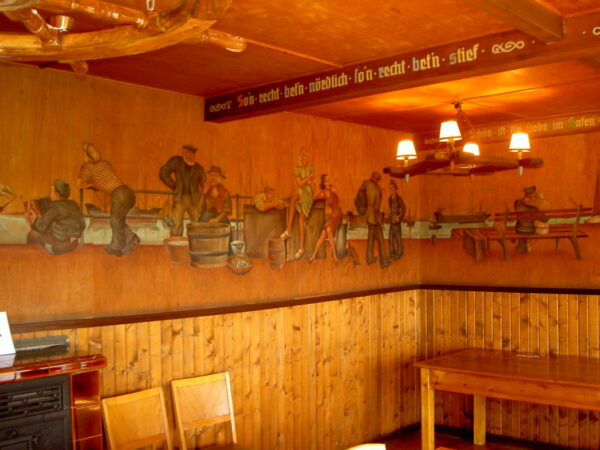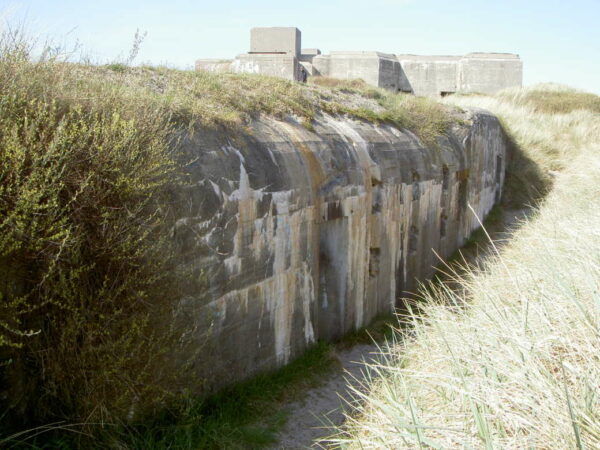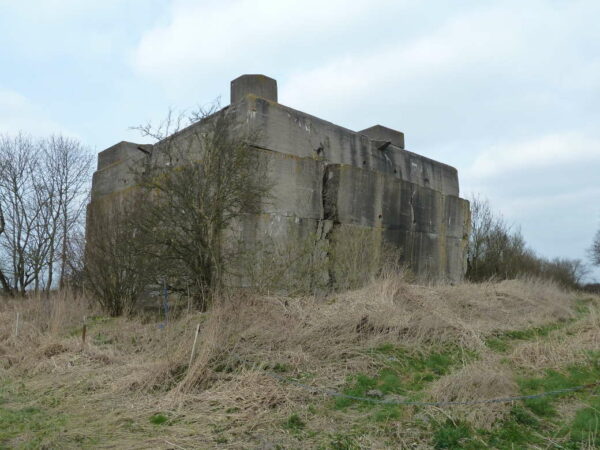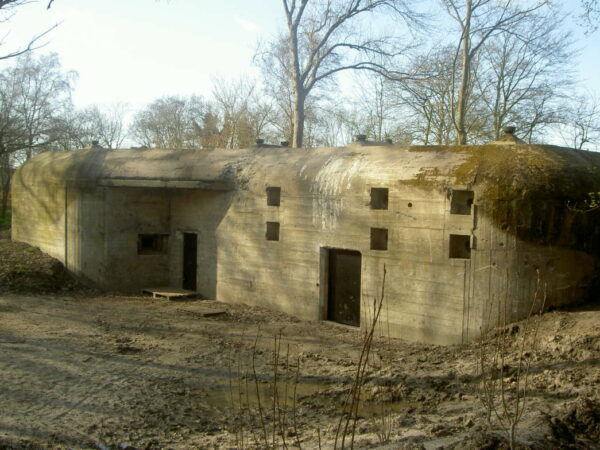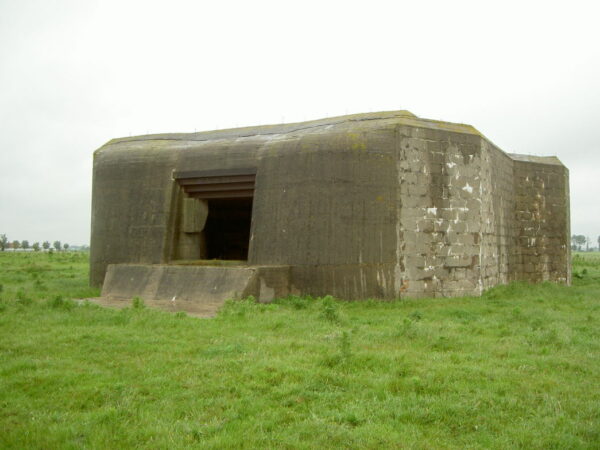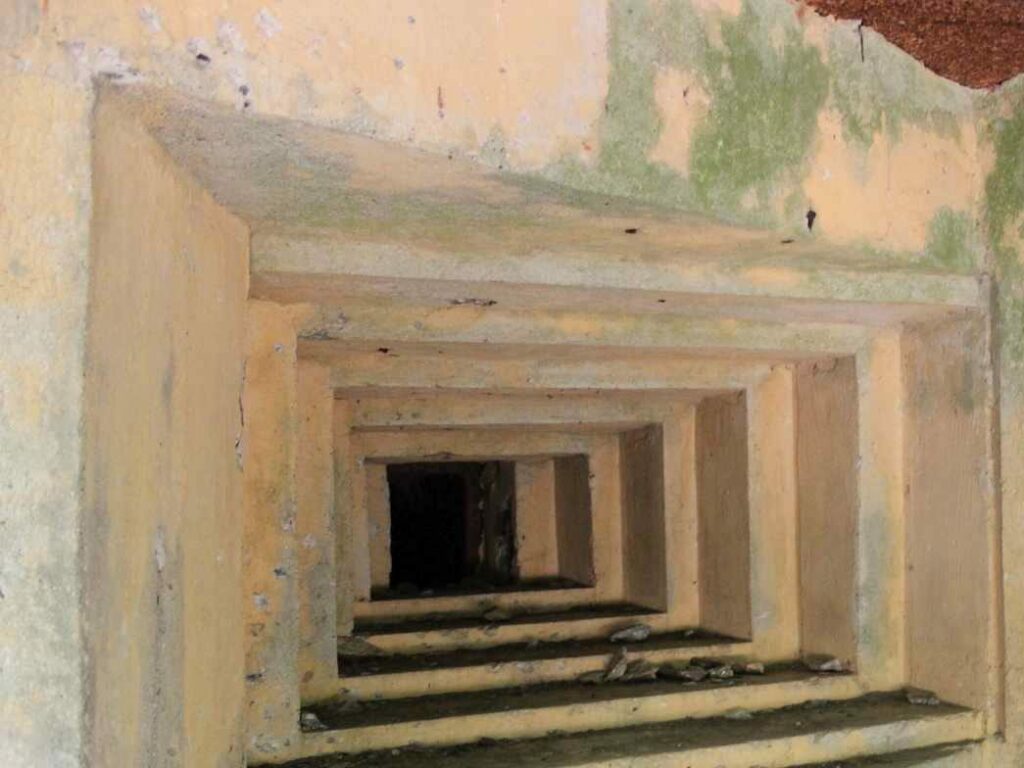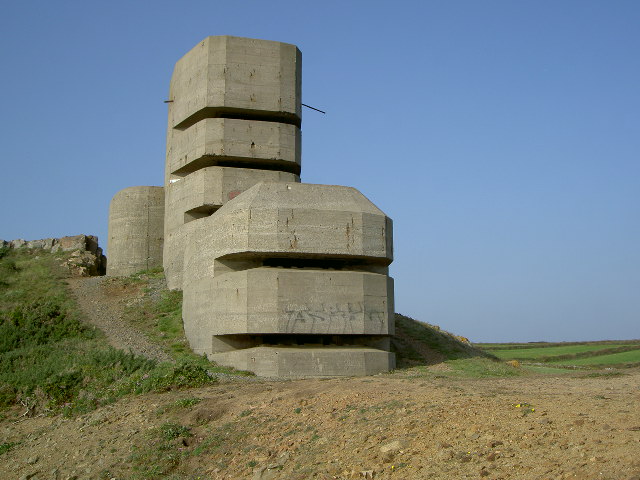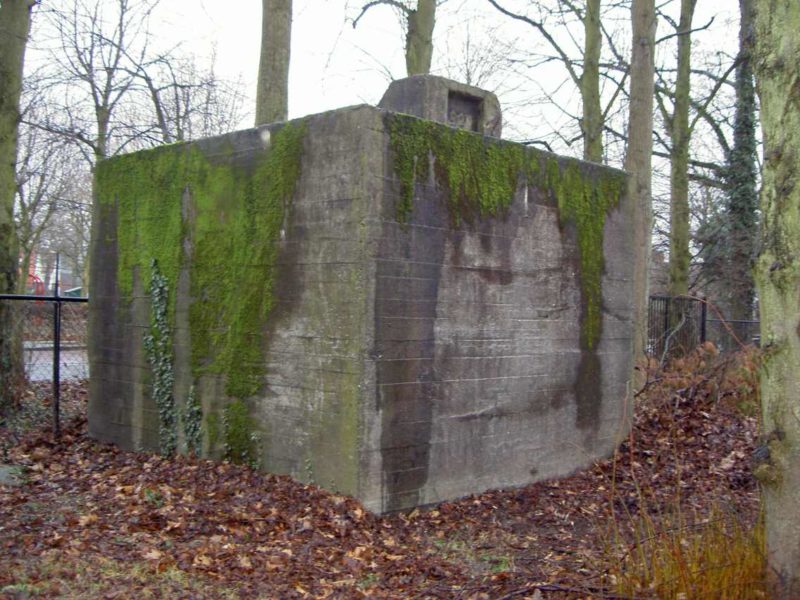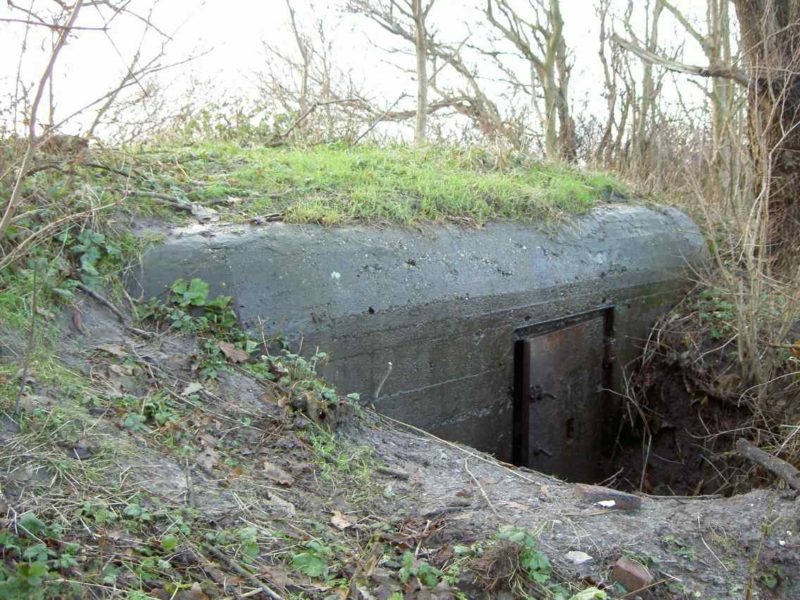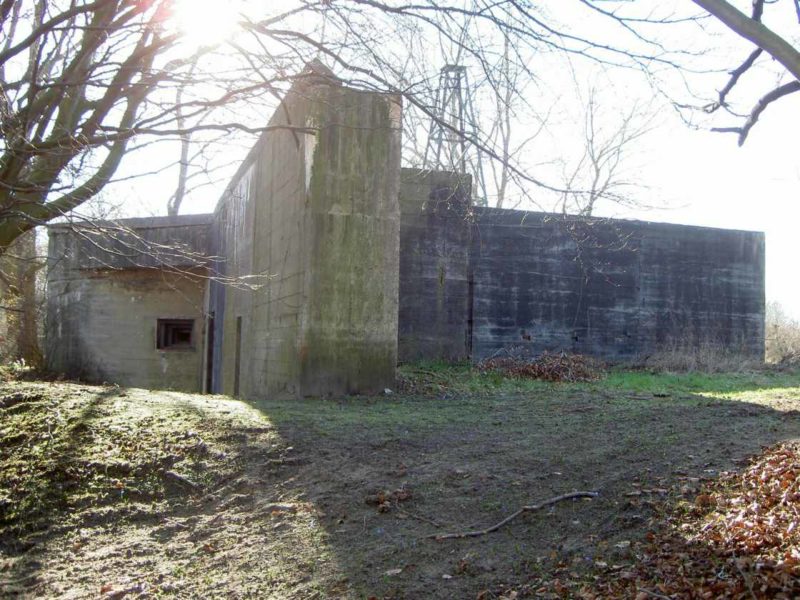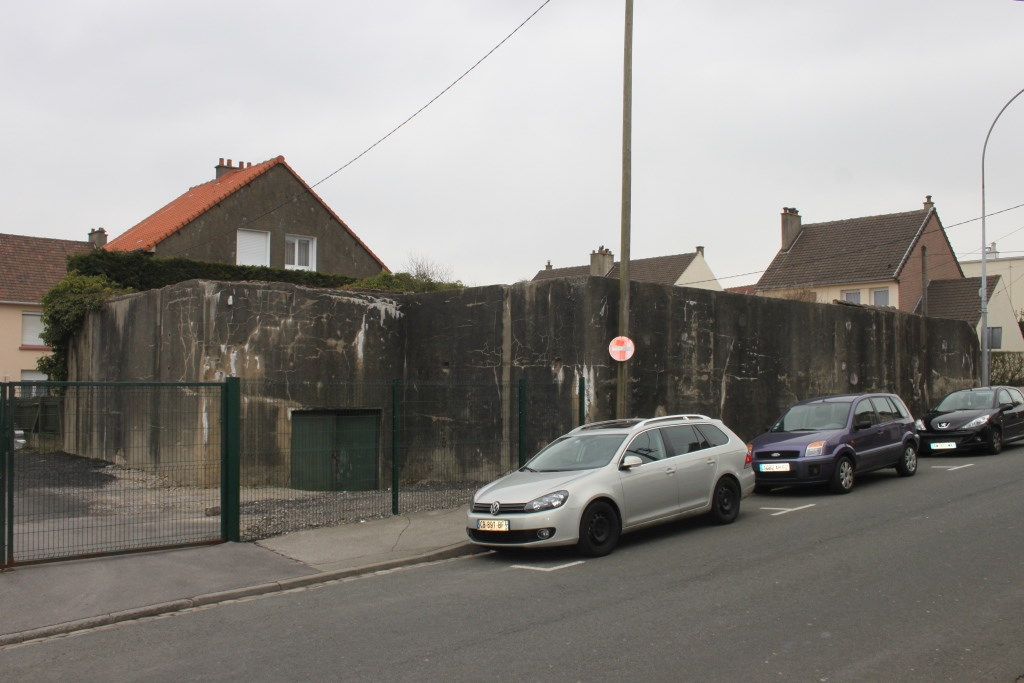Stahlbeton – Atlantikwall guide
During the last World War a large amount of fortifications and supporting structures were build by the German occupier all over Europe. These structures or bunkers if you like, are the last reminders of this building period, and are scattered along coasts, harbours, airfields, cities and inland.
They show us how strong the German engineering projects became integrated in many parts of society.
Neue Westwall
Improvement
In August 1942, it became clear that the improvement of the New Westwall was needed. Several meetings of the German High Command resulted in orders for the increase of coastal defence, the protection of important areas such as ports and naval bases, the use of camouflage, weapons, armor parts and obstables, and the introduction of new bunker designs. The aim was building a total of 15.000 bunkers, which could accommodate the men protecting the coasts of Europe …
Mittelmeerküstenfront
The French Mediterranean coast did not receive the same treatment as the Atlantikwall, because the coast was divided in a German and Italian part. Therefore, only the German sector took part in the construction programmes. Not until the end of 1943, the Germans had gained full control over the entire coastal front and increased their building capacity from that point on.
Even though the affords increased, the important armoured turrets and other steel parts for the bunkers remained unavailable for this region. Also, the majority of the fortifications were constructed in a lighter degree. As a result, the Mittelmeerküstenfront was not shaped in the way its counterpart was on the other side of France.
Telephone exchange network
For communication between the resistance nests and strongpoints along the coast and the hinterland, it was important to have a stable network of telephone lines (Festungs-Kabelnetz). Therefore, in all occupied European countries the existing lines were reused, extended and improved by the Germans …
This website guides you through these countries and along their coasts, discovering the bunkers, supported with background information, pictures and global positioning.

